How to Say in Japanese the South Will Rise Again
Alluvion with confidence, you roam the streets of Nippon ready for your first meaningful interaction with a native speaker, finally request a Japanese person where the hobby shop is.
"知らん" (しらん- I don't know), he answers before vanishing into the oversupply.
You effort to think any grammatical form that resembles the words. Mayhap you lot got it wrong.
Well, you didn't. Yous just stumbled into a Japanese speaker of a particular dialect (Hakata Ben).
Contents
- What Is a Dialect?
- Standard Japanese
- Major Japanese Dialects
-
- ane. Hakata Ben
- 2. Osaka Ben
- 3. Hiroshima Ben
- iv. Kyoto Ben
- v. Nagoya Ben
- 6. Sendai Ben
- 7. Hokkaido Ben
- A Dialect or Non a Dialect?
Download: This blog mail is available as a user-friendly and portable PDF that y'all tin take anywhere. Click here to get a re-create. (Download)
What Is a Dialect?
According to David Crystal, one of the well-nigh celebrated linguists of our time, a dialect is any variety of a language, including the standardized version. A dialect is too whatsoever language that is socially linked to a specific region, mostly accepted to exist derived from a national standard language.
Nippon has a lot of dialects. Considering the length of time the island has been inhabited, the mountainous mainland that serves as a natural barrier, the isolation from all external affairs until the late 19th century, and the internal isolation of the numerous shogunates; the being of and then many dialects shouldn't come as a surprise. The main differences betwixt the dialects are generally matters of pitch accents, use of inflections, vocabulary and the utilise of particles. There are instances where they differ even in how they use vowels and consonants. You might even find that what passes for formal and informal Japanese in ane dialect sounds different in another.
In that location is a main distinction betwixt the different Japanese dialects. They are divided into 2 major types: the Tokyo-type (東京式/とうきょうしき) and the Kyoto-Osaka type (京阪式/けいはんしき). As you can probably guess, it is a sectionalisation based on the northern and the southern dialects. Thus, in that location are numerous subdivisions shaped on each particular region. The dialects belonging to these two groups are, to a large extent, non deriving from the standard dialect.
There are dialects from peripheral regions that may be incomprehensible to speakers from different parts of the land. There are fifty-fifty mount villages or isolated islands that speak dialects deriving from Quondam Japanese. Imagine that!
But don't worry—we are not going to study Quondam Japanese. Instead, we volition explore some of the differences between the major Japanese dialects. Just plenty to know when you lot are talking to a cheerful guy from Hokkaido or a natural born comedian from Osaka.
Standard Japanese
The grade that is considered the standard is called 標準語 (ひょうじゅんご), "Standard Japanese," or 共通語 (きょうつうご), "mutual linguistic communication." Every bit with the standardized British English of London, spoken by the high class Londoners of previous centuries, 標準語 was spoken past the high course citizens of Tokyo during the Meiji Restoration of 1868.
Today, information technology is the form taught in schools, used on tv set and official communication. Due to this modernization, speakers of regional dialects experienced a sense of inferiority. After Globe State of war Two, the rise of the already inflated Japanese nationalism led to a push for the replacement of all regional varieties with the "mutual language."
The conversion was far from successful. Yes, Standard Japanese is the principal language taught in schools and used in all official matters. Even so, as difficult every bit it was for the regional varieties to cast out this sense of inferiority, they are at present considered something more valuable: a token of the past, a nostalgic memoir, a verification of local identity.
It is no longer shameful to speak in your dialect, equally it was in the past. Young people are fifty-fifty beginning to create their own Creoles—singled-out regional spoken language form—based on the regional dialect, like the Japanese spoken in Okinawa, for example.
In the side by side few paragraphs, I volition requite you some of the basic differences between the Standard Language and vii of the most widespread varieties. Get gear up for some funny Japanese spoken language patterns.
Major Japanese Dialects
i. Hakata Ben

The Hakata dialect (博多弁/はかたべん) is spoken in and around Fukuoka city. It is sometimes called 福岡弁 (ふくおかべん), due to its increased popularity as the typical dialect of Fukuoka and its suburbs. Lately, the dialect is used in regional news forth with Standard Japanese.
| Grammer point | Standard Japanese | Hakata Ben |
| だ、じゃ | 犬だね (いぬだね) Information technology'south a canis familiaris, isn't it? | 犬やね (いぬやね) |
| 生徒だけど (せいとだけど) I'thousand a pupil only… | 生徒やけど (せいとやけど) | |
| 赤じゃない (あかじゃない) Information technology'south not red. | 赤やない (あかやない) | |
| ―ない | 食べない (たべない) I don't eat. | 食べん (たべん) |
| 知らない (しらない) I don't know. | 知らん (しらん) | |
| ―い | 遅い (おそい) Information technology'southward late. | 遅か (おそか) |
| 良い (よい) It'southward good. | 良か (よか) | |
| Final Particle ―よ | それだよ That'due south it. | それやばい |
| 言ったよ (いったよ) I said it. | 言ったばい (いったばい) |
2. Osaka Ben
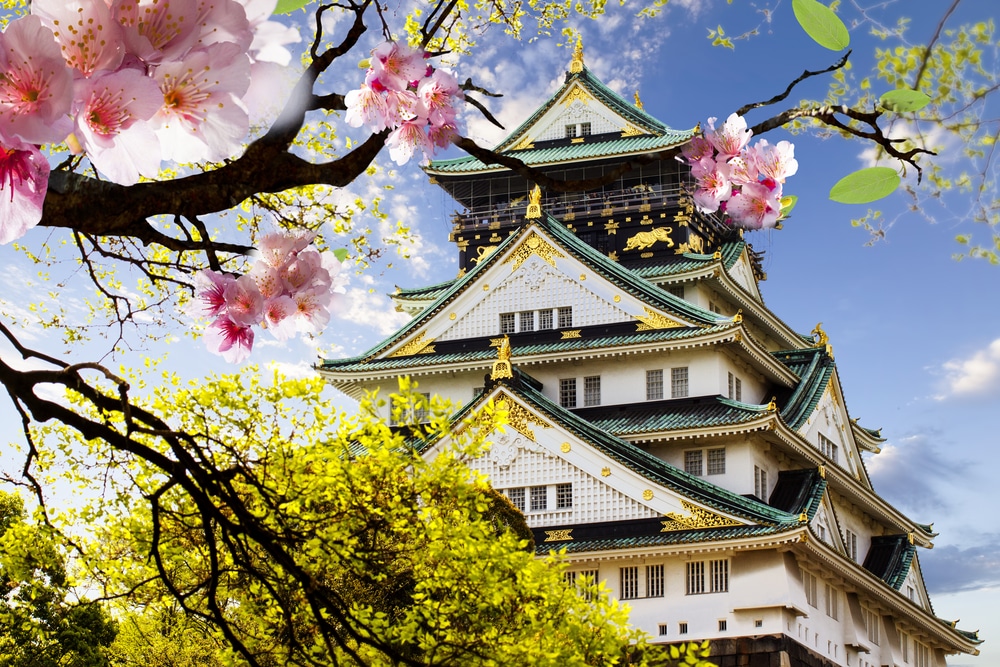
The Osaka dialect (大阪弁/おおさかべん), more commonly known as function of the Kansai dialects (関西弁/かんさいべん) is spoken in the Kansai region. In this surface area, almost everyone is speaking a dialect.
Osaka-ben is characterized as a more melodic and harsher version of Standard Japanese. The thing you might first detect when y'all hear a person from Osaka speak is that they easily omit the particles.
| Grammar betoken | Standard Japanese | Osaka Ben |
| Last Particle ―ね | 寒いね (さむいね) It'due south cold, isn't it? | 寒いな (さむいな) |
| 始まるね (はじまるね) It's starting, isn't it? | 始まるな (はじまるな) | |
| ―ない | 飲まない (のまない) I don't drink. | 飲まへん (のまへん) |
| 食べない (たべない) I don't eat. | 食べへん (たべへん) | |
| から | 帰るから (かえるから) I'm leaving. | 帰るさかい (かえるさかい) |
| 暇だから (ひまだから) I'one thousand bored. | 暇やさかい (ひまやさかい) | |
| Final Particle ―よ | 良かったよ (よかったよ) It was good. | 良かったで (よかったで) |
| 食べたよ (たべたよ) I ate. | 食べたわ (たべたわ) |
3. Hiroshima Ben
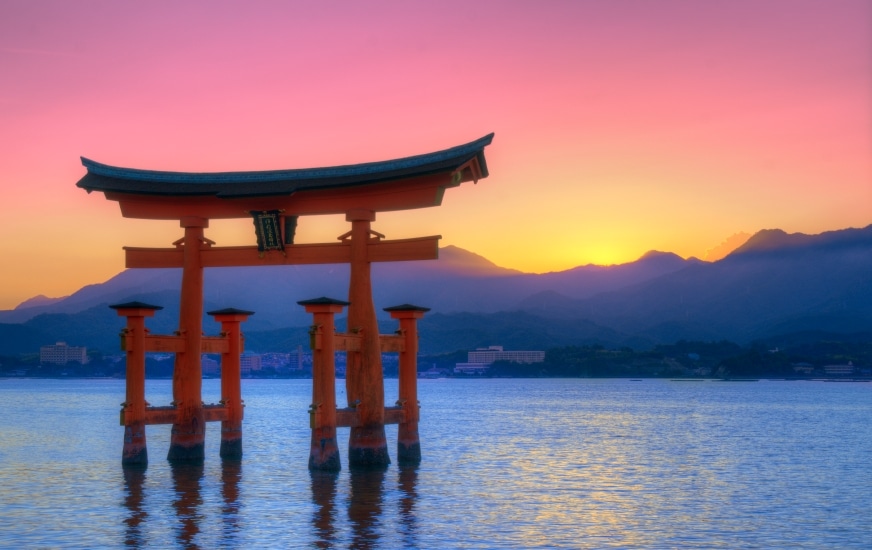
Back in 1974, in that location was a moving-picture show chosen "The Yakuza" (Kudos if you know it). This movie used the dialect native to the Chugoku region.
Ever since, the local dialect is usually associated with the Japanese mafia, which is unfair, I know. Part thanks to the movie, the Hiroshima Ben (広島弁/ひろしまべん) is i of the virtually recognizable Japanese dialects.
| Grammar point | Standard Japanese | Hiroshima Ben |
| だ、 | 犬だね (いぬだね) It's a domestic dog, isn't information technology? | 犬じゃね (いぬじゃね) |
| 生徒だけど (せいとだけど) I'm a pupil just… | 生徒じゃけど (せいとじゃけど) | |
| 元気だ (げんきだ) I'chiliad fine. | 元気じゃ (げんきじゃ) | |
| ―ない | 食べない (たべない) I don't eat. | たべん (たべん) |
| しない I don't do. | せえへん | |
| ―でください | 飲まないでください (のまないでください) Delight don't drink. | 飲みんさんな (のみんさんな) |
| 書かないでください (かかないでください) Please don't write. | 書きんさんな (かきんさんな) | |
| ―てあげる、であげる | 教えてあげる (おしえてあげる) Permit me show you. | 教えちゃる (おしえちゃる) |
| 選んであげる (えらんであげる) Let me make a choice. | 選んじゃる (えらんじゃる) |
4. Kyoto Ben

Part of the Kansai dialects (関西弁/かんさいべん), Kyoto Ben (京都弁/きょうとべん) along with the Osaka Ben (大阪弁/おおさかべん), are called the Kamigata dialect (上方言葉/かみがたことば, 上方語/かみがたご).
The Kyoto Ben, the traditional dialect of Kyoto, is known for its softness and politeness. Due to its connections with the Geisha civilization, is sometimes considered as feminine and elegant.
Kyoto Ben used to be the Standard form of the language until the Meiji Restoration. Thus, many speakers of the dialect are very proud of their distinct accent.
| Grammer bespeak | Standard Japanese | Kyoto Ben |
| Last Particle ―よ | 行きますよ (いきますよ) I'chiliad going. | 行きますえ (いきますえ) |
| こちらですよ Here it is. | こちらどすえ | |
| Final Particle ―ね | そうですね That'southward right. | そうどすな |
| 暑いですね (あついですね) It's hot, isn't it? | 暑うおすな (あつうおすな) | |
| です、でして | そうです That's right. | そうどす |
| どうでした How was it? | どうどした | |
| ありません | 地図はありません (ちずはありません) There is no map. | 地図はおへん (ちずはおへん) |
| 学生じゃありません (がくせいじゃありません) I'thousand not a student. | 学生やおへん (がくせいやおへん) |
five. Nagoya Ben
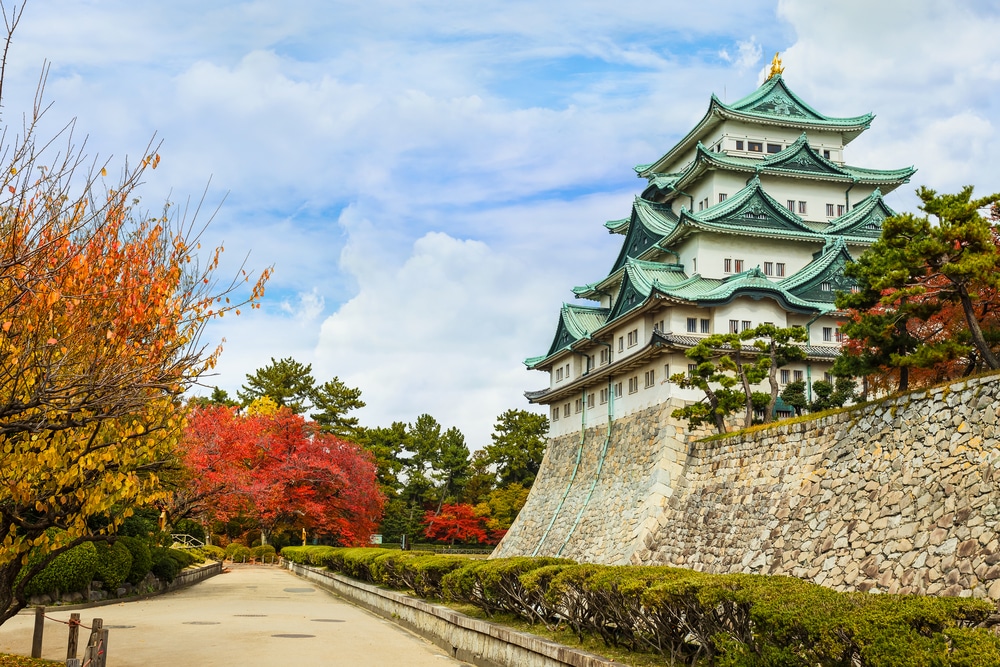
I think you're getting the design of my dialect overviews. And then let me hear you (in the weird Dora the Explorer voice): Where is the Nagoya Ben (名古屋弁/なごやべん) spoken? You guessed right: In Nagoya City of the Aichi prefecture.
The dialect is a mixture of both eastern and western Japanese dialects, due to the geographical position of Nagoya. Even though the accent is pretty close to standard Tokyo emphasis, speakers of Nagoya Ben are more than ofttimes characterized as speaking like a true cat.
| Grammar signal | Standard Japanese | Nagoya Ben |
| Concluding Particle ―よ | 美味しいよ (おいしいよ) It'southward tasty. | 美味しいに (おいしいに) |
| 良かったよ (よかったよ) It was adept. | 良かったに (よかったに) | |
| Negative grade ―ない | 飲まない (のまない) I don't drink. | 飲ません (のません) |
| 食べない (たべない) I don't consume. | 食べせん (たべせん) | |
| ―てください | 書いてください (かいてください) Delight write. | 書いてちょう (かいてちょう) |
| 来てください (きてください) Please come. | 来てちょう (きてちょう) | |
| ―くなる | 大きくなる (おおきくなる) It becomes big. | おおきなる (おおきなる) |
| 安くなる (やすくなる) It becomes inexpensive. | 安なる(やすなる) |
half dozen. Sendai Ben
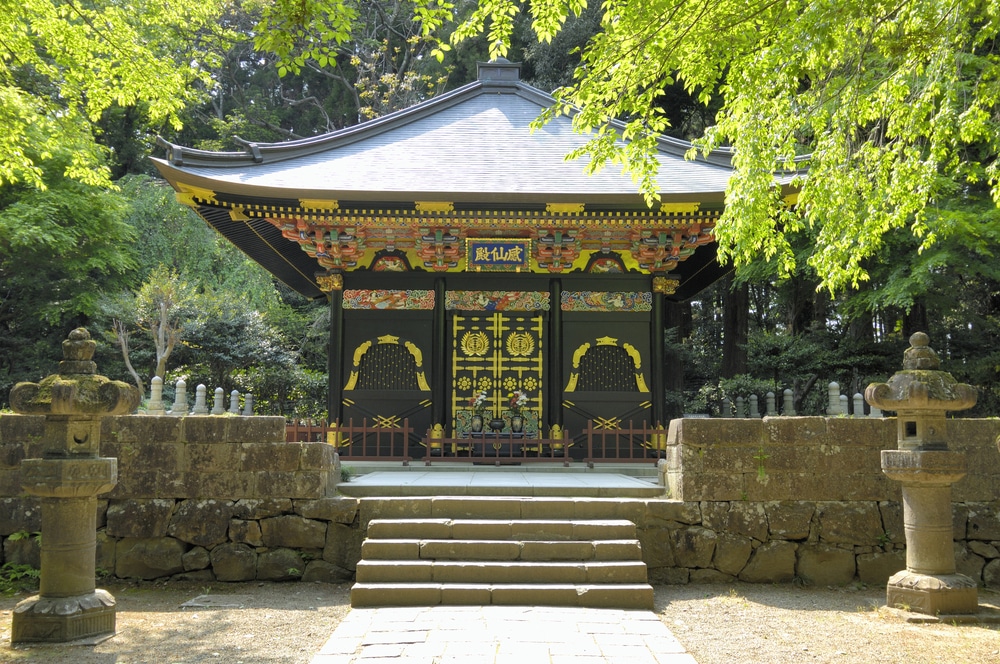
Sendai Ben (仙台弁/せんだいべん) is part of the dialect group Tohoku Ben (東北弁/とうほくべん), spoken in Tohoku region. Sendai is the capital city of the Miyagi prefecture.
The Sendai Ben is the closest of the Tohoku ben to the standard form of Japanese. Closer to Hokkaido, the regional dialects are and then different, subtitles may be needed with mainstream media.
| Grammar point | Standard Japanese | Sendai Ben |
| Particle ―を | 雑誌を買った (ざっしをかった) I bought a mag. | 雑誌ば買った (ざっしばかった) |
| 窓を開ける (まどをあける) I open up a window. | 窓ば開ける (まどばあける) | |
| Particle ―に・へ | 東京へ行く (とうきょうへいく) I go to Tokyo. | 東京さ行く (とうきょうさいく) |
| 友達に貸した (ともだちにかした) I lent information technology to a friend. | 友達さ貸した (ともだちさかした) | |
| だろう、でしょう | 寒いだろう (さむいだろう) Information technology will exist cold. | 寒いべ (さむいべ) |
| 日本人でしょう (にほんじんでしょう) He's probably a Japanese. | 日本人だべ (にほんじんだべ) | |
| そう | そうだ That's right. | んだ |
| そうじゃない That'due south not it. | んでね |
7. Hokkaido Ben
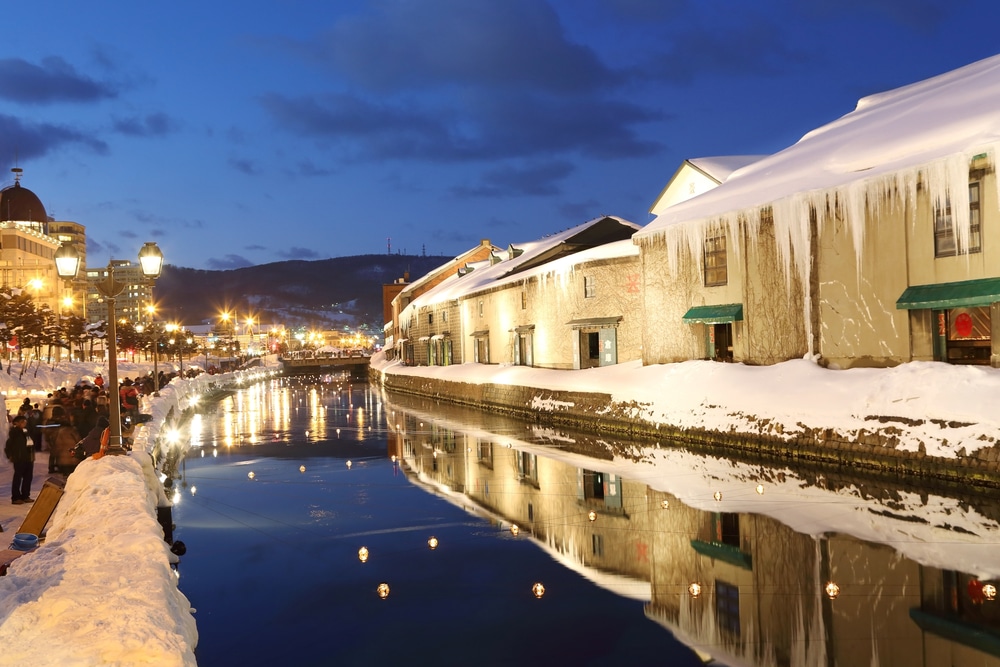
The island of Hokkaido was settled recently. After the Meiji Restoration, people from the Tohoku and Hokuriku regions migrated to Hokkaido and created a unique amalgamate dialect. Thus, Hokkaido Ben (北海道弁/ほっかいどうべん) is a mixture of different varieties with a set of distinct characteristics.
| Grammar signal | Standard Japanese | Hokkaido Ben |
| よね? / でしょう? | 行くよね (いくよね) I'grand going. | 行くっしょ (いくっしょ) |
| これだよね This is it, isn't information technology? | これっしょ | |
| ―よね? / でしょう? | 言ったよね (いったよね) I said information technology, didn't I? | 言ったしょや (いったしょや) |
| 明日でしょう (あしたでしょう) It's probably tomorrow. | 明日しょや (あしたしょや) | |
| Potential form of Godan Verbs turns into | 行ける (いける) I can go. | 行かれる (いかれる) |
| 飲める (のめる) I can drink. | 飲まれる (のまれる)] | |
| ―だろう / でしょう | 寒いだろう (さむいだろう) Information technology will be cold. | 寒いべ (さむいべ) |
| 日本人でしょう (にほんじんでしょう) He's probably a Japanese. | 日本人だべ (にほんじんだべ) |
A Dialect or Non a Dialect?
By now you should take a rough thought of the major Japanese dialects. Do non forget that not all differences in the linguistic communication are due to a dialect. People apply slang words, modify their vocabulary depending on the context, omit particles and change their spoken communication pattern.
Just next time y'all observe yourself in Japan, or even watch a Japanese motion-picture show, you lot might notice that strange inflection and tell a friend: "Hear that weird ending? That'south considering he is an Osaka-jin." Imagine that.
If you are set up to hear some of these dialects out in the wild, FluentU tin can exist a helpful resource. The platform pulls videos from all over Japan, using them to create an immersive learning program. These are the kinds of videos that native speakers are watching, and so you tin can hands come across a movie trailer for a movie prepare in the Kansai region, or a clip from a popular Idiot box show where the characters speak Hakata-ben.
The videos also have interactive subtitles, and so you won't miss any give-and-take being said, even if it's in a dialect you aren't familiar with. Y'all can then add these words to your own personalized vocabulary list and review it often with multimedia flashcards and custom quizzes.
Download: This blog post is bachelor as a convenient and portable PDF that you lot can take anywhere. Click here to get a copy. (Download)
Thanasis Karavasilis is a author and lover of stories who was educated to be a teacher of English language. He spends his time betwixt worlds and inside pages; written or otherwise. You can get a glimpse of his adventures somewhere inside his hideout.
Source: https://www.fluentu.com/blog/japanese/different-japanese-dialects/
0 Response to "How to Say in Japanese the South Will Rise Again"
Post a Comment